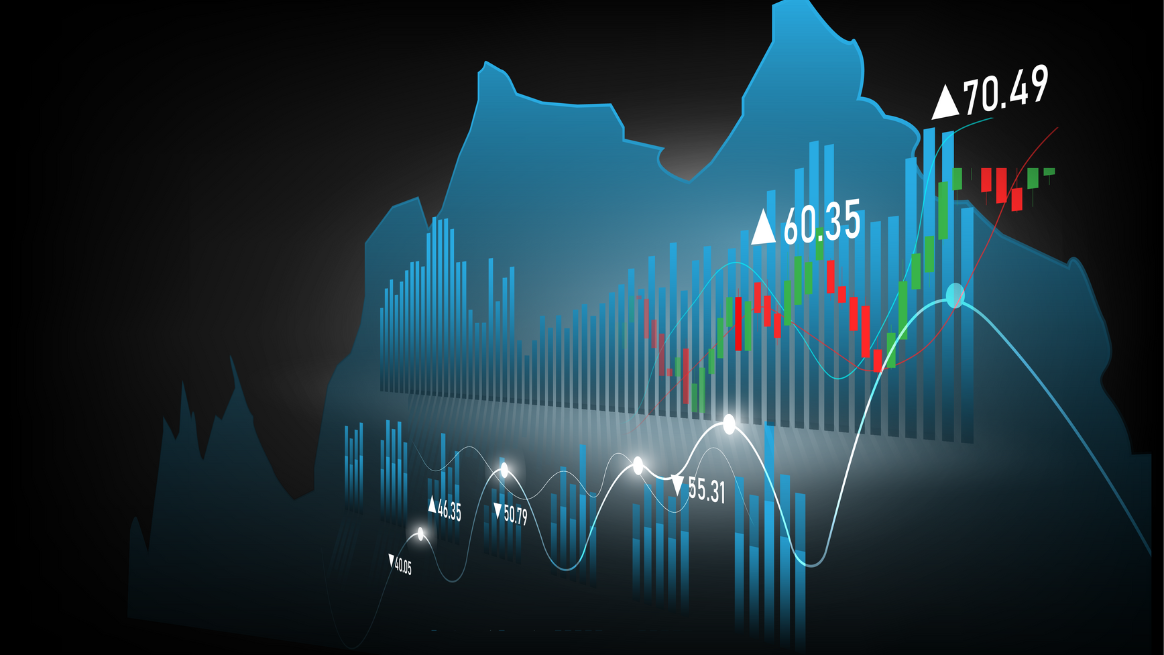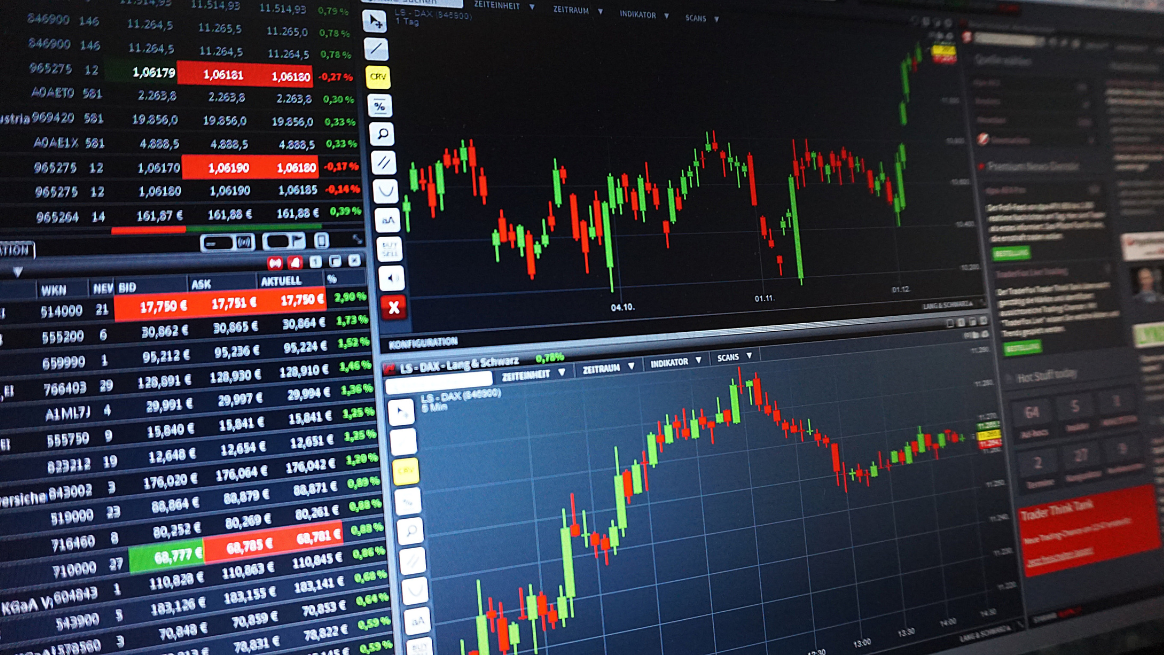

Welcome aboard the thrilling journey into the world of scalping trading! Fasten your seatbelts as we navigate through the financial market’s rapid currents and whirlpools, deciphering the art of scalping. Whether you’re a novice or a seasoned trader, this comprehensive guide will shed light on strategies, benefits, risks, and much more to equip you with the necessary arsenal for this form of trading.
Scalping Trading: The Basics Unveiled
Scalping trading is a high-frequency trading method involving the buying and selling of financial instruments within a very short time frame. Typically, a trader, referred to as a scalper, will hold a position for a few minutes or seconds at most, aiming to profit from small price changes. This strategy is based on the belief that it’s easier to predict and capitalize on small, momentary price movements than on large ones.
1. Understanding the Nature of Scalping Trading
Scalping trading is akin to a fast-paced game of numbers. It’s about rapid buying and selling, often within seconds, to capture small increments in price changes. This quick in-and-out method allows traders to squeeze out profits from the minuscule fluctuations that occur in the market throughout the day.
The scalper thrives on volatility and liquidity. Volatility because more fluctuations mean more opportunities to trade. Liquidity because it enables quick entry and exit without significantly impacting the price. Scalpers are usually not interested in the ‘why’ behind price movements; instead, they focus on ‘when’ and ‘how much.’ They are attentive spectators of the market, ready to pounce on the slightest favorable movement.
It’s essential to note that the profit from a single scalping trade is typically small. However, when done repetitively and consistently, these profits can add up to a substantial sum. Thus, in the world of scalping trading, speed, precision, and volume are king.
2. The Role of High Frequency in Scalping Trading
Scalping is all about high-frequency trading. In this strategy, a large number of trades are made throughout the day. Scalpers believe that it’s safer and more profitable to capture small, sure-shot movements rather than to rely on large, risky ones.
Scalpers aim to beat the bid-offer spread quickly and skim just a few points of profit before closing the trade. This requires both a significant number of trades and a high success rate. Even a slight change in the success rate can drastically impact the profitability due to the sheer volume of trades. The high-frequency nature of scalping trading also necessitates excellent analytical skills, a disciplined approach, and robust trading systems.
It’s also worth noting that this high-frequency trading may result in higher transaction costs. Therefore, scalpers need to account for these costs when calculating their potential profits. As such, efficient execution, low latency, and a good understanding of the trading fee structure are crucial for successful scalping trading.
Stay tuned for the following sections where we delve deeper into the advantages and disadvantages of scalping trading, the various tools and techniques used, and answer some frequently asked questions about this high-speed trading strategy.
Advantages and Disadvantages of Scalping Trading


Just as two sides of a coin, scalping trading offers a unique set of benefits and drawbacks. It’s essential to weigh them carefully to assess if this strategy aligns with your trading style and risk tolerance.
1. Benefits of Scalping Trading
Scalping is an attractive strategy for many traders for a variety of reasons. Let’s explore some of the primary benefits:
a. Minimal Exposure to Market Risk
One of the significant advantages of scalping is its limited exposure to market risk. Scalpers keep positions open only for a brief period, which substantially reduces the risk of being caught in adverse market events. This short-term exposure limits the potential damage that market swings or unexpected news releases can inflict.
The scalper’s world is one of tiny price changes. They don’t need the market to make massive moves in their favor; rather, they rely on a large number of small, but predictable, price movements. The reduced time in the market implies that scalping isn’t reliant on market trends or big news events. Thus, scalpers can profit whether the market is bullish, bearish, or sideways.
b. Compounding of Small Profits
Although each scalping trade yields small profits, the power of compounding works in favor of scalpers. By executing hundreds or even thousands of trades per day, the small gains add up, leading to a substantial total profit.
The fact that gains are continuously reinvested means that a successful scalper’s account can grow exponentially. This is in contrast to long-term strategies where profits are often left unrealized for extended periods.
2. Downsides of Scalping Trading
Despite its compelling advantages, scalping trading isn’t without its challenges. Let’s have a look at some potential downsides:
a. High Transaction Costs
The sheer number of trades executed in scalping trading can lead to high transaction costs. Brokers often charge fees per trade, so these costs can quickly add up and eat into profits. Therefore, traders must carefully consider transaction costs in their profitability calculations.
Furthermore, the bid-ask spread, which might be negligible for a longer-term trader, becomes a significant cost for scalpers who frequently enter and exit trades. Finding a broker with low spreads and commissions is vital for scalping to be profitable.
b. Emotional Stress
Scalping can be a high-stress endeavor. The need to constantly monitor the market and make quick decisions can be mentally taxing. Scalpers often need to spend hours glued to their screens, waiting for the right conditions to enter or exit a trade.
Furthermore, due to the large number of trades, even a small string of losses can psychologically impact a trader. Emotional control and mental stamina are thus vital traits for a scalper.
In the following sections, we’ll discuss the tools and techniques for effective scalping trading, dive into some frequently asked questions about this strategy, and wrap up with a comprehensive conclusion.
Tools and Techniques for Effective Scalping Trading


Successfully navigating the turbulent waters of scalping trading involves harnessing a set of practical tools and techniques. These instruments help traders make informed decisions, manage their risk, and execute trades promptly and accurately. Let’s explore some of these tools and techniques:
1. Use of Technical Analysis
In the realm of scalping, technical analysis is the beacon that guides traders. It involves studying statistical trends gathered from trading activity, such as price movement and volume. Since scalping trading focuses on minor price changes, a thorough understanding of technical analysis is crucial.
Several technical indicators are used by scalpers to predict future price movements. These include Moving Averages, Bollinger Bands, Relative Strength Index (RSI), and Stochastic Oscillator, among others. For instance, scalpers may use moving averages to identify short-term trends or Bollinger Bands to determine market volatility.
Furthermore, scalpers often employ price charts to monitor the markets and identify trading opportunities. These charts provide a visual representation of price movements over a specific period and are crucial for spotting trends and patterns.
2. Effective Risk Management
Risk management is the lifeline of any trading strategy, and scalping is no exception. Since scalpers make a large number of trades, even a small loss can escalate quickly if not appropriately managed.
Stop-loss orders are a key risk management tool for scalpers. They allow traders to set a predetermined level at which a losing trade will be closed out, thereby capping the potential loss. On the other hand, take-profit orders allow scalpers to lock in profits once a certain price level is reached.
Effective risk management also involves carefully managing leverage, which can both amplify profits and magnify losses. It requires diversifying across different assets to spread risk and constantly monitoring open positions.
3. Role of Automated Trading Systems
Scalping’s high-speed nature makes it a perfect candidate for automation. Automated trading systems can execute trades at a speed and precision that are virtually impossible for humans to match.
These systems follow a set of predefined rules for placing trades, based on various technical analysis tools and indicators. They can monitor multiple markets simultaneously, identifying trading opportunities that a human scalper might miss.
However, while automated trading systems can be a powerful tool, they are not infallible. They require regular monitoring to ensure they’re working as intended, and they can sometimes fail in high-volatility market conditions. Therefore, combining automated systems with manual oversight can often yield the best results for scalping trading.
Up next, we’ll answer some of the most frequently asked questions about scalping trading, providing insights into what it entails, who it’s suitable for, its profitability, risks involved, and more.
FAQ’s About Scalping Trading
1. What is Scalping Trading?
Scalping trading is a fast-paced strategy in the financial markets where traders aim to profit from small price movements by executing numerous trades within a day.
2. Who can engage in Scalping Trading?
Scalping trading requires a specific skill set and temperament. It is suitable for traders who can handle stress, make quick decisions, and are prepared to commit the time and focus required.
3. Is Scalping Trading Profitable?
Yes, scalping trading can be profitable. However, success depends on factors like strategy, discipline, risk management, and market understanding.
4. What are the Risks in Scalping Trading?
Scalping trading involves risks like high transaction costs, potential for significant losses, and psychological stress due to its high-speed nature.
5. What Tools are Used in Scalping Trading?
Scalping trading employs tools like technical analysis, risk management techniques, and automated trading systems.
6. Is Scalping Trading suitable for Beginners?
While scalping trading can be learned, it may be challenging for beginners due to its fast-paced and stressful nature. New traders should initially practice with demo accounts or paper trading.
Conclusion
Like any trading strategy, scalping trading has its rewards and risks. While the allure of quick gains is strong, it requires precise strategy execution, swift decision-making, and diligent risk management. With the right approach, tools, and mindset, scalping trading can be an enriching part of your financial journey. Now that you’re armed with this knowledge, it’s time to put it to the test. Happy trading!


































































Meadow Atkins